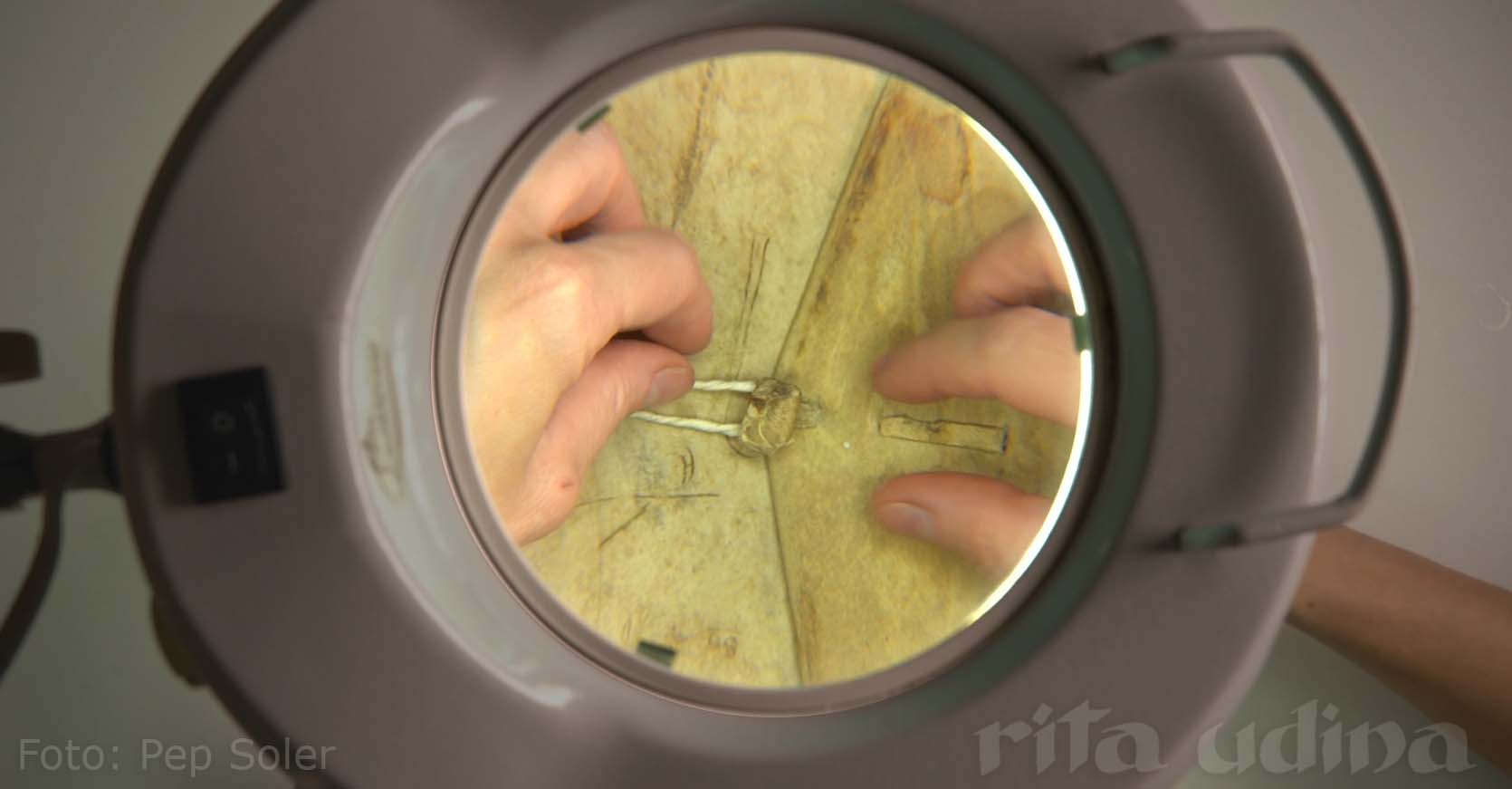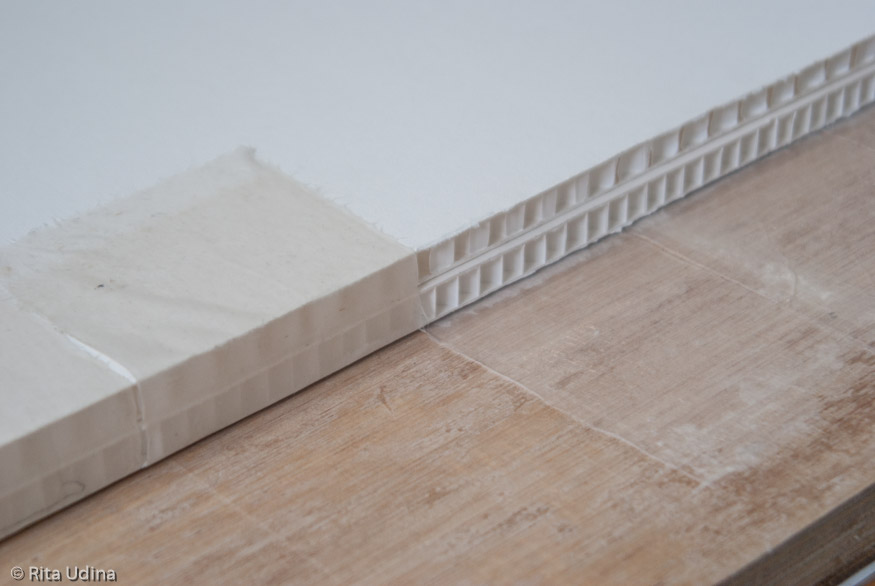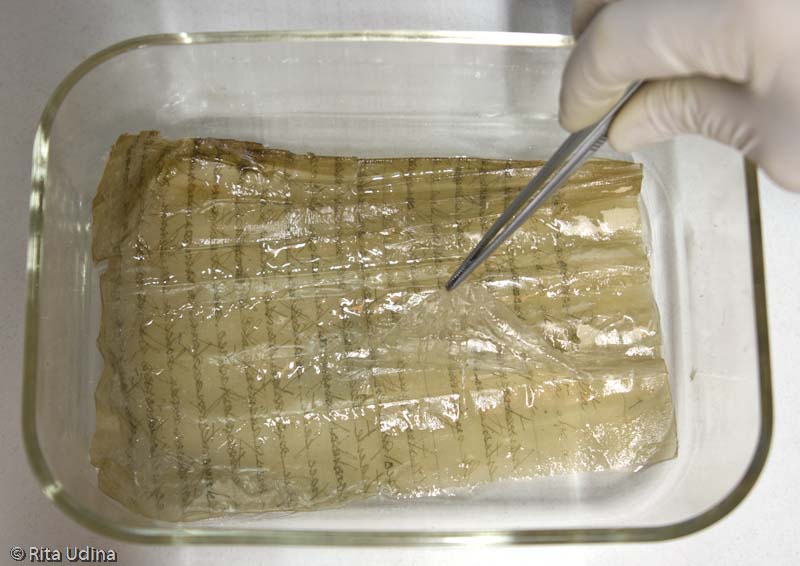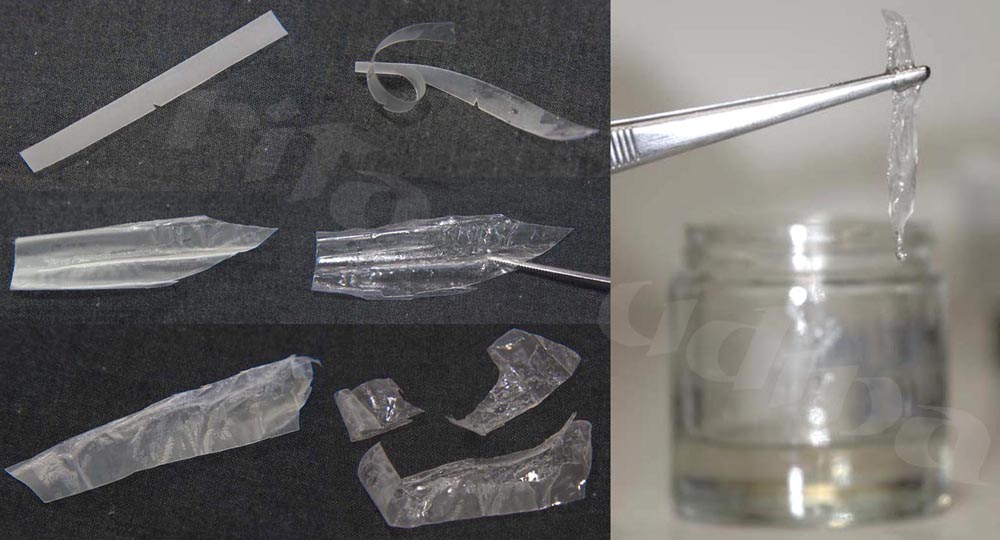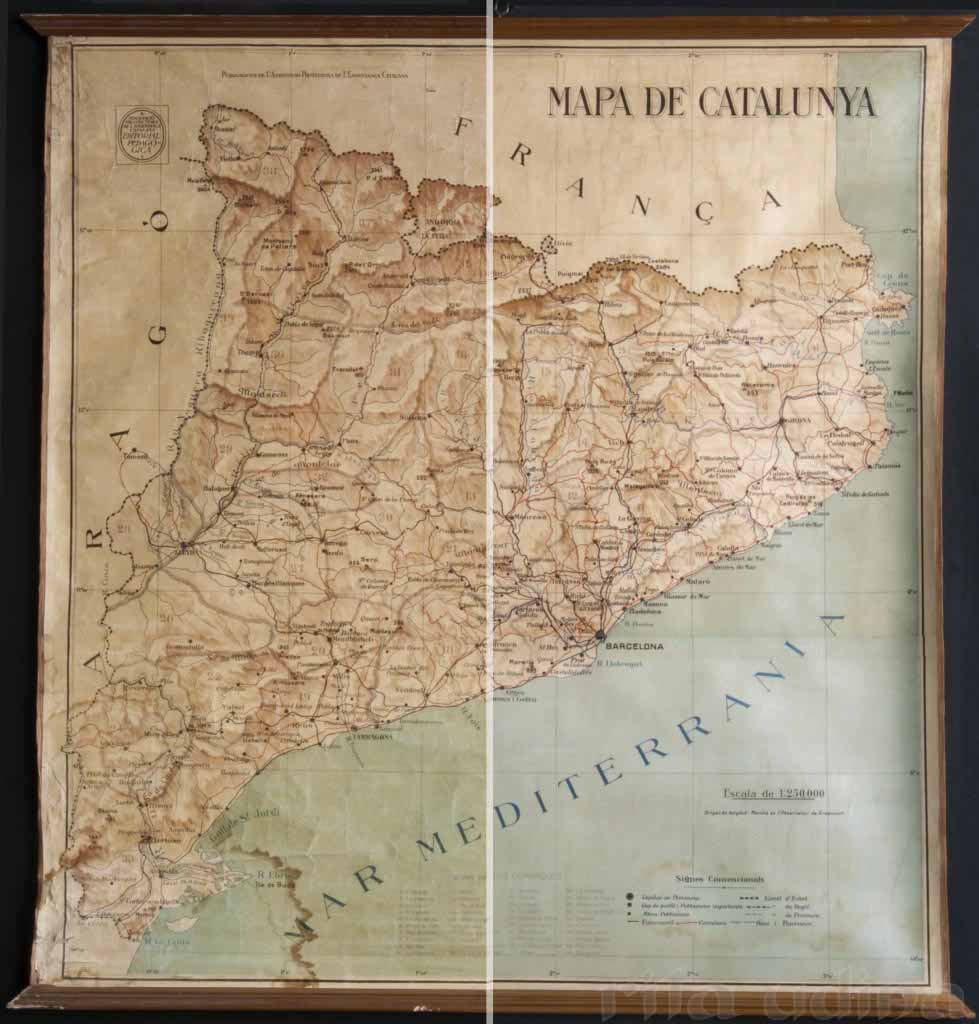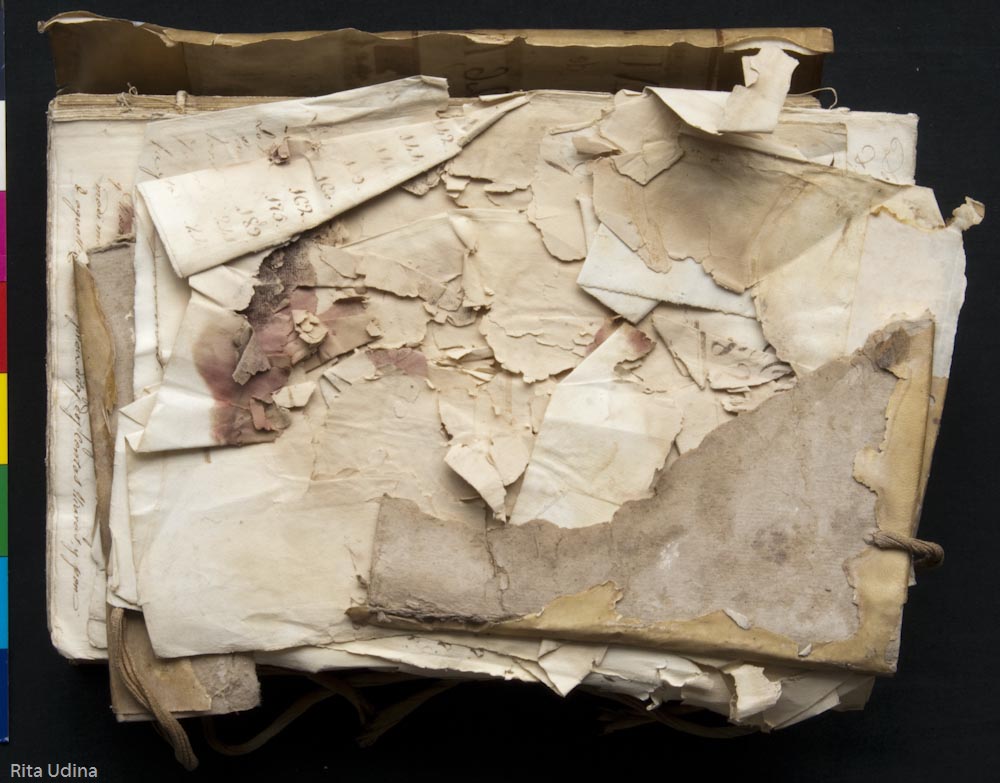lining
Find below the blog posts related to lining:
Premiere of the video of the conservation treatment of a map
Premiere of the video showing the full conservation treatment of an oversized hand-coloured map, varnished and lined on a canvas. Do not miss it! Next Thursday 27 at 4pm CEST (UTC+2).
Profession: book and paper conservator
What does a paper conservator do? Whom does she work for? What skills and knowledge does she ought to have? Preservation and conservation, a field linked to science, history and arts and crafts. A video explains what differenciates us from forgers and shows -among other- how we produce a hand-made suction table to restore paper artifacts, with loads of creativity, a feature most necessary to become book and paper conservator.
Sōkō conservation for oversized sketches by Sorolla
Sorolla sketches represent the spontaneity, the genius and the creative stage for its own right. Their conservation shares with them this essentiality, the minimal intervention character. The restoration has adopted japanese tools and techniques, a paper conservation at the most eastern style. Or not that utmost, since the Karibari was replaced by a wooden board. Eastern or western, the restoration of the gouache sketches has been truly remarkable, and you'll have to read it to know why.
Hold on and suck in, Miss Scarlett! Removing a plastic corset from a manuscript
A personal story, a historic manuscript, a crazy laminating machine and a final outcome. All these ingredients are seasoned with PFTE, TFA, HFIP, PE, DMSO, PET... cling, dong and BOOM!... An explosive -but most irresistible- cocktail. We'll discuss about synthetic polymers, sorts of laminations and encapsulation.
Posters conservation: virtual inpaint vs “virtuous” retouching
The bike riders from Sants reached my studio squeaking, rather than cycling! Tears, foxing, discolouration, brittleness, acidity... All these damages have been carefully restored in order to let the splendorous riders finish line at the Municipal Archive of Barcelona. They are almost centenarian... and yet they ride wild along the repository! I'll explain which beauty and health treatments these illustrated posters have passed through
New conservation methodolgy to retrieve lost flexibility to brittle tracing paper
Approach to a new methodolgy to retrieve the lost flexibility to brittle paper. Tracing paper -so usual among technical drawings- have in common their transparency, but there are significant differences in the process to make them. The properties and behavior will be very different then. Impregnated papers, for an instance, were applied oils or varnishes to provide them translucency. Explanation restoration of several drawings in which the varnish was removed to replace it later.
Conservation of school poster from spanish civil war period
This map represents the typical scholar posters: with its wooden slats to roll and hang, lined on the back. It was very common to varnish them with shellac to waterproof and protect them from abrasion. This one was made of two pieces of printed paper, sticked together along the central horizontal stripe. It is from 1936, spanish civil war was barely breaking. Removing the old varnish has allowed to repare other minor damages: tears, gaps and wrinkles. But most important is that the new varnish is not oxidizing nor yellowing. As it is very flexible it will not crack in the future.
Conservation of stationery manuscript in a vellum binding
The book from the notary of Esparraguera (1827) was severely damages by mould. To the extent to suffer remarkable losses on both folios and covers. The remaining folios were so weak that discouraged even a most careful handling.
Categories
ARTEFACT
archive or library
book
book structures
bundle
headband
hollow back
limp-vellum binding
locks
sewing
tight back
document
seal
lacquered seal
printed stamp (see TECHNIQUE)
drawing
manuscript
photograph
albumen
daguerreotype
glass plate
silver gelatine
plans, maps, architectural or technical drawings
maps
plans
poster
DAMAGES
acidity / oxidation
bibliopath - graphopath
Bookbugs (pests & paper eaters)
insects
silverfish
woodworm
microorganisms
mold
disaster
flood
foxing
losses, gaps
pressure sensitive tapes
silver mirroring
structural
wrinkles
MATERIAL
fabric
cotton
silk
velvet
glass
leather
parchment
metal
paper
coated paper (art paper)
Kraft paper
laid paper
rag paper
tracing paper
impregnated paper
onion skin paper
Washi
wood pulp paper
plastic
cellulose acetate
polyethylene terephthalate (PET)
Polypropylene (PP)
wood
PRODUCTS
adhesives
natural
shellac
rubber (natural)
starch paste
synthetic adhesives
Filmoplast®
Paraloid B72
rubber (synthetic)
Tylose® (MHC)
gels
agarose
chemical gel
hydro-gels
Klucel®
organo-gels
physical gels
Velvesil Plus
xanthan gel
nanoparticles
solvent
benzyl alcohol
ciclometicone
diethyl carbonate
dimethyl sulfoxide (DMSO)
polyethylene glycol (PEG)
surfactants
TECHNIQUE
ballpoint pen
collage
felt-tip pen
gouache
graphite (pencil)
ink
print
engraving
etching
lithograph
woodcut
printed stamp
reproduction
diazotype
watercolour
THEORY on cons. & rest.
TOOLS, MACHINES
TREATMENTS
bleaching
light bleaching
cleaning
stain removal
surface cleaning
tape removal
varnish removal
wet cleaning
deacidification
digitization
flattening
flattening under tension
housing (storage)
box
folder
four flaps envelopes
inpainting
mimetic in-painting
neutral colour in-paint
mould treatment
preventive conservation
climate (HR, temp.)
re-binding
reinforcement - consolidation
backing with fabric
Infilling
leafcasting
ink fixing
lining
sizing
tear repair
varnishing



